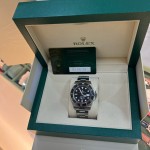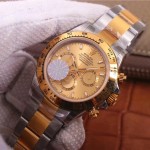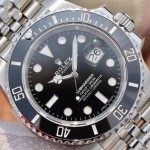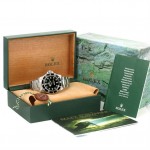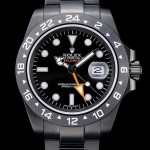Domino’s Pizza and Their Exclusive Rolex Watches
The world of luxury watches is filled with storied partnerships, but few are as unexpectedly enduring as the alliance between Rolex, the pinnacle of Swiss watchmaking, and Domino’s Pizza, the global purveyor of affordable fast food. For over four decades, these seemingly disparate worlds have intersected through a unique program: the awarding of custom-branded Rolex watches to Domino’s highest-achieving store managers. This isn’t a tale of aftermarket customization; these are genuine Rolex watches, ordered directly from the manufacturer and adorned with the distinctive Domino’s insignia before leaving the factory. 
The origins of this unusual tradition trace back to Domino’s founder, Tom Monaghan. As recounted in his 1986 autobiography, Pizza Tiger, the practice began modestly in 1977. Monaghan wore a Bulova watch featuring the Domino’s logo, prompting a franchisee to inquire how he could earn one. Monaghan set a challenge: achieve a $20,000 sales week. When the franchisee succeeded, a precedent was set. Initially, Seiko watches were awarded, but Monaghan soon escalated the prize to $800 Rolex watches, recognizing their powerful allure as a motivator. This evolved into the formal “Domino’s Pizza Rolex Challenge.”
The inaugural Rolex bestowed under this program was the Air-King reference 5500. Characterized by its understated 34mm stainless steel Oyster case, matching Oyster bracelet, and clean time-only dial, the Air-King represented Rolex’s essence of robust simplicity. However, the Domino’s versions transformed this discreet model. Emblazoned prominently on the dial was the vibrant blue and red Domino’s logo, instantly making these otherwise conservative watches stand out as unique corporate trophies. Monaghan understood the potent symbolism of the Rolex crown, leveraging it to drive exceptional performance across his growing empire.
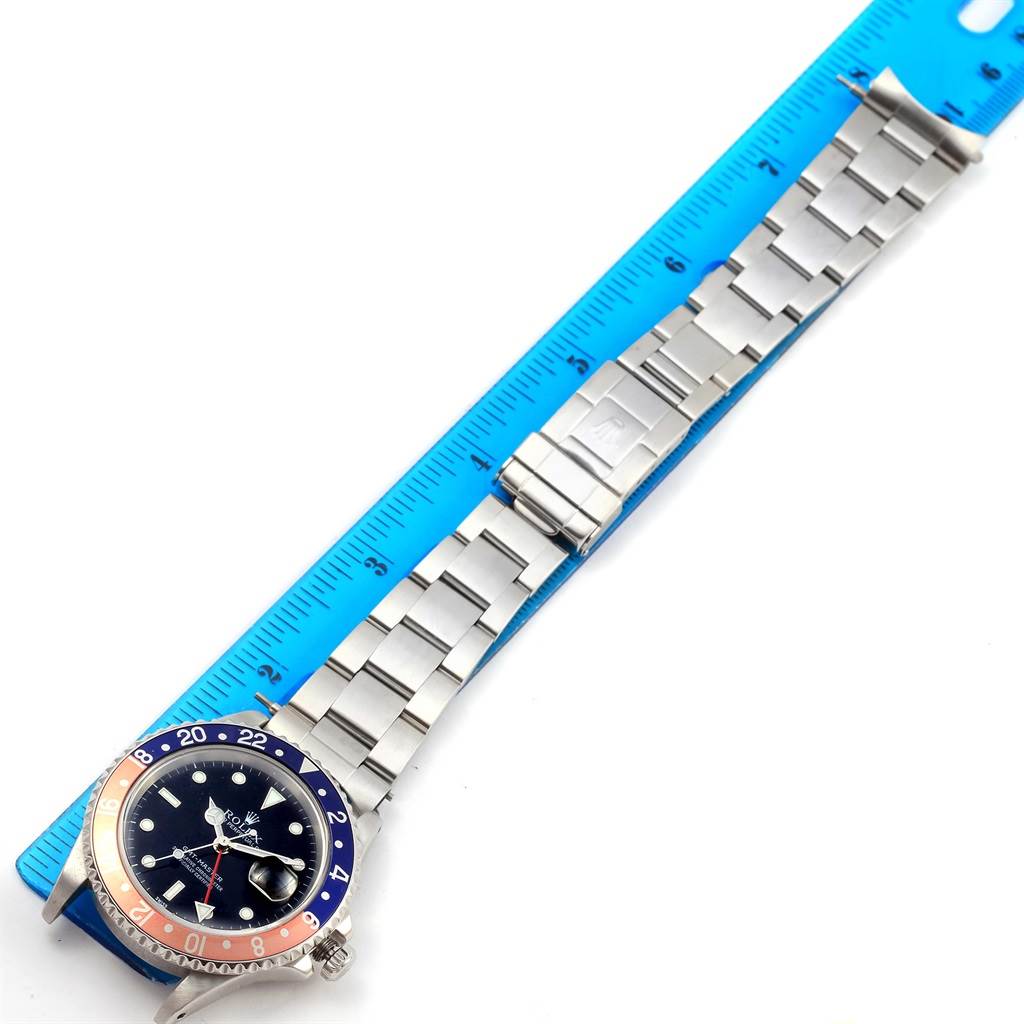
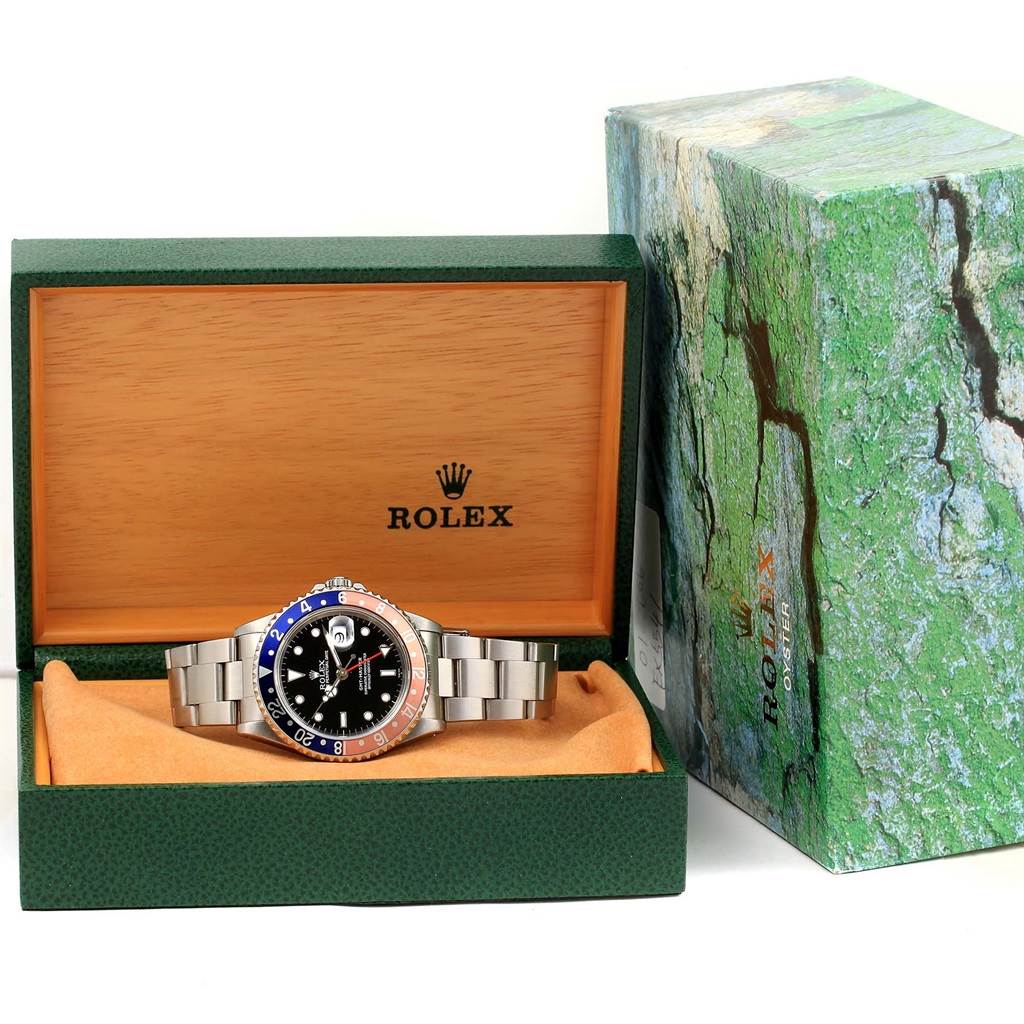
As Domino’s expanded, so too did the ambition of the sales targets required to win a watch.Simultaneously, Rolex’s own catalog evolved, leading to a fascinating progression of Domino’s-branded models. When the Air-King 5500 was discontinued in the late 1980s, its successor, the reference 14000 (and the engine-turned bezel 14010), became the coveted prize. Subsequent upgrades followed: the movement-enhanced 14000M/14010M in the early 2000s, and the reference 114200 in 2007. A significant shift occurred in 2014 when Rolex discontinued the Air-King line, folding the 114200 into the Oyster Perpetual collection. Domino’s adapted, awarding Oyster Perpetual models in both 34mm (114200) and 36mm (116000) sizes. The latest iteration, introduced in 2020, is the Oyster Perpetual 36 reference 126000, featuring a silver dial with gold accents.
The branding itself has undergone subtle transformations across the decades. Early models prominently featured the Domino’s logo directly on the dial. Variations emerged in logo size, orientation (straight or tilted), and color – some displayed the full blue, red, and white scheme, while others used simpler black and white. Around the mid-2000s, the branding became more discreet, migrating from the dial to the bracelet. A stainless steel plaque, bearing either the full square Domino’s logo or just the iconic domino dot, was affixed to the first (and later second) link of the Oyster bracelet. Rare transitional pieces from approximately 2003-2004 exist with logos on both the dial and bracelet. Caseback engravings also varied, sometimes featuring the Domino’s logo, the recipient’s initials, the achievement date, or the specific sales target reached (e.g., “$20,000″).
While always adhering to stainless steel cases, bracelets, and time-only functionality, these Domino’s Rolexes occupy a unique niche within the broader landscape of corporate-branded Rolex watches. Unlike commemorative pieces given for long service (such as those associated with Coca-Cola or Winn-Dixie), the Domino’s watches are performance-based awards, distributed regularly for outstanding results. Furthermore, this partnership stands out for its remarkable longevity – spanning over forty years and continuing actively today – whereas similar corporate co-branding ventures with entities like Pan Am or Chevrolet ceased decades ago.
These distinctive watches command attention in the pre-owned market. Historically, earlier Domino’s Air-King and Oyster Perpetual models (excluding the current, larger Air-King 116900) traded between $3,000 and $6,000, with collectors sometimes paying a slight premium for the unique branding. The latest 2020 Oyster Perpetual 36 ref. 126000 with Domino’s plaque currently fetches around $8,000 on the secondary market, mirroring the value of its standard counterpart. This premium over its $5,600 retail price reflects the broader trend of high demand exceeding supply for contemporary Rolex models. Ultimately, the Domino’s Rolex represents far more than just a timekeeping instrument; it is a tangible symbol of corporate ambition, enduring partnership, and the relentless pursuit of excellence, forged in an alliance as unexpected as it is enduring.

